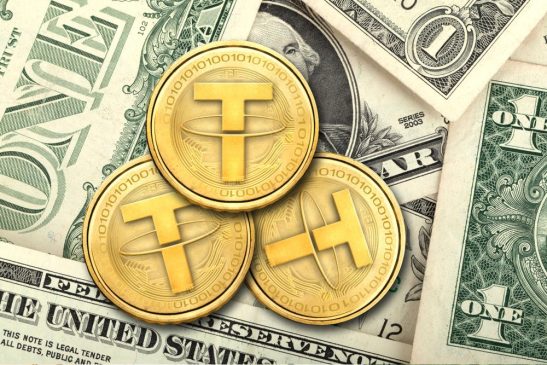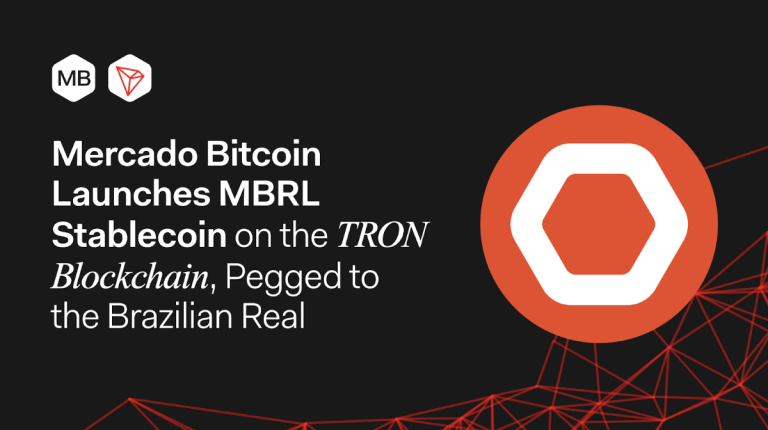The liquidity of the Tron network is about to go to the next level. As we previously reported, Tether is expanding its USDT product to the Tron blockchain. Now the community has heard from a veteran exchange – USDT-Tron is going to list on OKEx.
4th Largest Bitcoin Exchange to Support USDT-Tron
OKEx is the 4th largest Bitcoin exchange by adjusted volume. In a note today, OKEx says:
In order to meet users’ demand for stablecoin trading, OKEx will support USDT-TRON, the TRC-20 based USDT token co-developed by TRON and Tether, as well as the airdrop for USDT-TRON holders. By then, OKEx will support three protocols of USDT, namely USDT-Omni, USDT-ERC20, and USDT-TRON. Please stay tuned for our further announcements.
Centralized exchanges are not the real beneficiary of USDT-Tron, however. The majority of Tron tokens trade on decentralized exchanges which run directly on the Tron blockchain. TRX itself already has some stablecoin markets, including at Binance.
Join CCN for $9.99 per month and get an ad-free version of CCN including discounts for future events and services. Support our journalists today. Click here to sign up.
As soon as USDT-Tron launches, the liquidity of the Tron economy reshapes: every token will have a price in both TRX and fiat. It’s similar to how ERC-20 assets have a price in fiat, a price in Bitcoin, and a price in Ethereum. Fiat price and demand have a way of dictating the actual value of the tokens.
USDT-Tron: Great for TRX Tokens
Currently, being based solely on the TRX price makes the potential value of TRX tokens like 888 or Ante intimately connected to the market swings of Tron. Tron has been trading in a range of .02-.025 for quite some time.
Tether is the oldest pegged stablecoin. Its model has been followed by several others, including itBit’s Paxos Standard, the Gemini Dollar, and of course TrueUSD – which many traders view as the most solid of the stablecoins. The question now is who will be next to cross the blockchain barriers, as most stablecoins are only available on Ethereum.
There are several other blockchains which could use the liquidity boost – EOS, NEO, Aelf, Cardano, Tezos. Any of these would benefit greatly from the ability to quickly trade into a stablecoin without having to go through a centralized exchange. Which is the true benefit of the USDT-TRX move.
While stablecoins like Paxos and TrueUSD are overwhelmingly popular, and USDC – which is the only stablecoin sold by Coinbase to retail customers – is even more popular, Ethereum users are also interested in things like Dai. The Tron ecosystem does not yet have an answer to Dai.
Where Is USDT-EOS?
Dai is an over-collateralized stablecoin. A minimum of 150% the value of Ether is locked in a collateralized debt position.
The user still owns the Ethereum, and now they have a token that can be traded on a 1:1 ratio with the US dollar. In the coming months, MakerDAO, who created Dai, will allow for other types of assets to back the Dai. CDP trading will also become a reality – you can create a CDP backed by fiat stablecoins, for example, and trade it for one that is backed by Ether.
Tron and EOS aren’t far behind Ethereum in terms of developer ecosystem. Their userbases both outpace Ethereum in terms of growth. But in terms of liquidity and financial markets, Ethereum remains the dominant smart contract platform.
The move to create a Tether stablecoin on TRX and its impending acceptance on various exchanges is a giant leap forward for Tron. Don’t be surprised if EOS follows suit.




